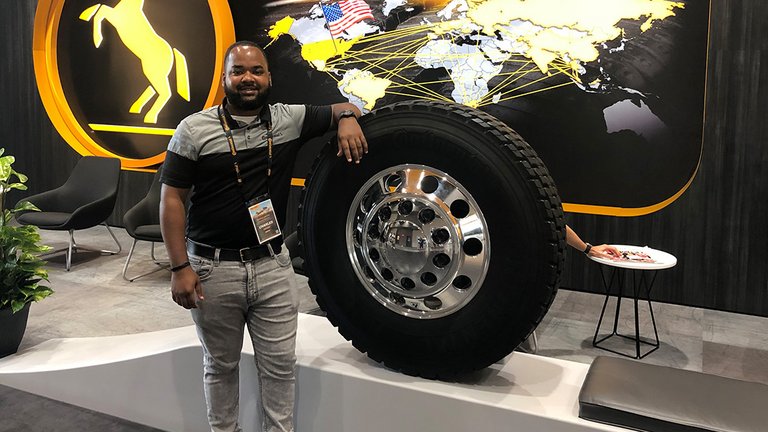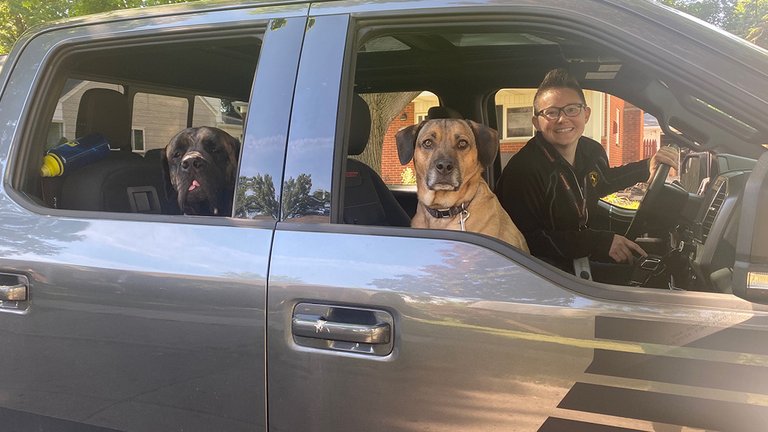Virginia Plant Shifts Gears, to Make COVID-19 Face Shields
The plastic windows that you see on a Jeep Wrangler with a soft top roof? That’s what our manufacturing facility in Winchester, Virginia, normally makes. But when COVID-19 struck, the plant showcased its agility and team culture. Tim Ray, Reliability Engineering Manager, and Billy Brown, Team Leader Coordinator on the machinery that makes the face shields, tell us about it.
About the Career Experience and Background.
Billy: I’ve been with Continental for 22 years. A funny note about my career is that it’s a family affair – my father has been here for 42 years and my mother for 38 years. I grew up with most of the guys I work with now.
Tim: This is year 39 for me. I’ve been in engineering and maintenance groups pretty much all my career. I came up through the ranks and have held all the engineering positions at the plant except the top two. This face shield project kind of brought me back to my roots a bit, because I haven’t done any actual product development since early in my career.
Why the Winchester Plant Began Making Face Shields.
Tim: On March 23, our Plant Manager, Scott Krueger, told me he had developed a prototype for a face shield in his garage that weekend. We met. From there, it was me taking it and playing with the various pieces of the shield and getting it into a form that could be produced.
What the Process of Procuring the Necessary Materials Was Like.
Billy: Within a week of seeing the prototype, we got a die cutter in so we could test the prototype. Then we worked with materials and vendors we already have, which was most of what we needed. I went out shopping – I hit up fabric and other craft stores to get whatever elastic I could find for the headbands of the face shields.
Tim: I went to some of those same stores later and Billy was laughing at me, because he’d basically picked everything over. We thought we were going to hand cut each face shield, but we realized that was going to be impossible to do safely and for mass production. So, we made some adjustments and ramped up from prototype to production in about a week and a half.
How the Plant Team Came Together to Produce the Shields.
Billy: I’d love to give credit, in particular, to the 20-plus people who stayed to help us work on the shields, instead of going on unemployment. We went into it thinking we were going to produce 1,200 face shields per day, but we did 5,100 the first day and ran out of materials at 5 p.m. By mid-April, we were up around 6,000 shields per day.
Tim: We had people from all areas helping. The day that we ran our initial trial of the face shield, we practiced social distancing. We put everyone in surgical masks with gloves, which we did anyway to protect the actual face shields. People learned the new process, how to build the shields. We put the stations together like a mini assembly line. It was reminiscent of what our days used to be like when we produced rubber here.
What It Meant That the Team Came Together the Way It Did.








